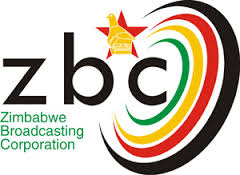Story by Stanley James, Business Editor
ZIMBABWE has recorded a 20 percent increase in milk output during the first six months of the year.
The production levels have risen to over 55 million litres from 45 million litres during the same period last year, driven by government interventions to restore viability.
Information contained in the National Dairy Association of Zimbabwe (NADF) indicates that the country is on course to achieve over 100 million litres of raw milk this year from 90 million litres produced last year.
While Zimbabwe needs at least 130 million litres of raw milk per year, expectations are that the current trajectory reflects commitment by authorities to increase self-sufficiency of the commodity.
“From January to June this year, monthly production has been hovering at an average of at least 8 million litres. This is a huge improvement from last year and the latest data shows that more than 55 million litres were produced for sale compared to the first six months of last year at 45 million litres,” said Zimbabwe Farmers Union Secretary General, Mr Paul Zakariya.
The continued growth in terms of the national production levels of raw milk is expected to be consolidated by government’s support measures to the entire raw milk production value chains across the country.
“This year’s target is at around 100 million litres and we are confident that can be achieved given the commitment by the Government to continue introducing more support measures the key cause of concern is however the rise in stock feed costs in that particular area we are calling on authorities to help,” Mr Zakariya.
In a related development, players in the dairy industry are expected to meet this week for their annual conference to assess current achievements, identify challenges and focus on measures to further boost production volumes.
According to the NADF, the conference set to be attended by government ministers, private sector players and development partners seeks to formulate strategies towards reducing the import bill for dairy-related products.





